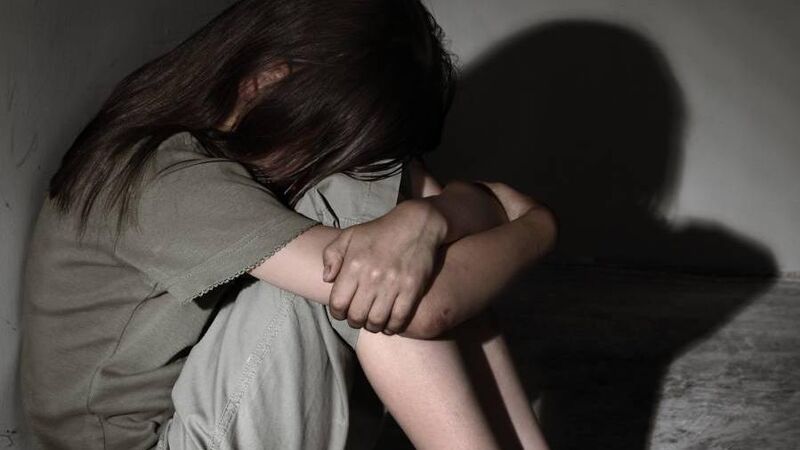Not one Camhs team fully staffed, committee hears

More than 1,200 staff are required in order to address the shortfalls in Child and Adolescent Mental Health Services (Camhs) which is currently operating on 789 staff.
Not one Camhs team across the country is fully staffed, with some teams operating at a maximum of 74% while others are operating at just 45% capacity, an Oireachtas committee has heard.
The committee on the recent Mental Health Commission’s (MHC) report on the service also heard that more than 1,200 staff are required in order to address the shortfalls in Child and Adolescent Mental Health Services (Camhs) which is currently operating on 789 staff.
Highlighting recruitment and retention issues within the service, group lead for mental health Dr Amir Niazi said there are difficulties filling senior grade posts in psychology, with nursing posts also posing a challenge to fill on the east coast in particular due to the cost of living.
Out of the 73 Camhs teams, there is one consultant post that is encountering challenges being filled in Kerry, he said.
Dr Amanda Burke, executive clinical director for Galway Roscommon Mental Health Services, said a model change is required to deal with the reality of staff shortages in combination with growing demand.
“I think if you cannot fill and properly staff a team over a number of years, well then you need to look at your model and you need to change your model of care.
“To do that we’re going to have to take a hard look at the model we’re pursuing at the moment which is trying to provide everything, everywhere,” she said.
HSE chief operations officer Damien McCallion acknowledged the service deficits in terms of access, capacity, and consistency in the quality of services in Camhs.
“On behalf of the HSE, I wish to apologise to any child or young person who has not received the standard of care they should expect,” he said.
He said the MHC has raised both general concerns about the provision of Camhs, and specific concerns regarding several children and young people within the care of Camhs teams.
“I can reassure the committee that the HSE has taken, and will continue to take, all concerns very seriously and that any concerns regarding children and young people in our care were promptly and comprehensively addressed,” he said.
As of the end of December 2022, there were 4,293 children and young people waiting to be seen, an increase of 21% compared to 2021.
Camhs teams receive nearly 22,000 referrals every year and deliver close to 225,000 appointments for children and young people.
Between 2019 and 2022, referrals to Camhs have increased by 16%, while the total number of appointments seen has increased by 10% in that same period, he said.
“We continue to manage capacity proactively through waiting list initiatives, specifically targeting areas with particular challenges and those waiting longest. In the period from June up to the end of December 2022, 758 additional cases have been seen and taken off the Camhs waiting list, with the intention to continue this initiative in 2023,” he said.
Mr McCallion said every effort is made to prioritise urgent cases and noted that in 2022, 92.7% of all urgent cases were seen within three working days while 63% of all referrals were seen within 12 weeks.
“However, we recognise that some people are still waiting too long for access to services, either in primary care or in Camhs services. We have seen significant increases in demand for all our youth mental health services further adding to the waiting list in some areas,” he said.











